Investing large amounts of money in world-class healthcare facilities will provide thousands of jobs immediately
This is usually that time of the year when many community festival organisers are in a last-minute frenzy for a long and massively busy festive season ahead. People from the western part of the country and increasingly other areas would be busy winding down the Ganpati celebrations, while those in the eastern part of India would be ramping up for Durga Puja. Yet, despite several relaxations given by the Government in successive unlocking orders regarding mobility of people and gathering for religious functions and so on, this will be an extremely muted festive season for India. This means that the V-shaped economic recovery that policymakers have been predicting, if not dictating, may remain an elusive dream for the forthcoming two quarters. The math, even if we overlook the massive crater in the Gross Domestic Product, in the April-June quarter, can be better explained by a few examples.
Last month, I got a call from a traditional drum player (also known as Dhaaki in Bengali) who lives in a remote village in West Bengal. Every year during the Durga Puja he, along with a few of his family members and friends, hop on to a bus traversing a patchy road full of potholes. The bus snakes through some of the lush green fields to reach the nearest railway station were the Dhaaki and his companions board a train to reach Delhi, Mumbai or various destinations around the country outside Bengal. He is not alone; thousands of idol makers, traditional tent decorators, artisans, artistes and so on make this annual pilgrimage to various destinations around India and the globe to perform as backroom talent for the great India festival economy.
They usually return home with a one-time bonus and upgraded skill sets from the glamorous and glittery pilgrimage they undertake. Once back on their turf, they pump back the money earned, leading to increased consumption mirroring the city-dwellers, keeping the overall economic wheels chugging. With the ongoing pandemic still raging across the country and new infections rising daily, the fear of local lockdowns (in the eventuality of a sharp increase in cases) has pushed most patrons of such festivals, along with their bandwagon of large sponsors, to keep all celebrations at bay for next year.
This talk of festivals brings to mind a tall statesman and bipartisan leader that India lost recently, Pranab Mukherjee. The former President of India, known for his long working hours would always go back to his village in another remote part of West Bengal during Durga Puja to perform all the rituals associated with the festival. The little that I have known of the late ex-President and Finance Minister, Mukherjee was not a very religious person. However, this journey to his village during the festive season he undertook without fail. This ensured great infrastructure development of the entire semi-urban or rural pocket to which he belonged. Many politicians and influential corporate leaders seek out the festival season to make a sort of constituency connect, thereby administering small doses of health boosters to the economy.
However, by any stretch of imagination, this year will not be a festive one, and if at all there are any festivities, they will be muted, both due to the need for social distancing and the economic hardships people are facing due to the pandemic. This, in turn, will lead to a massive dark cloud on the fate of lakhs of enterprises, large, medium and small et al and millions of jobs. Now, the big question is, what can the Government do at this stage to push the economy bus back on the high-growth $5 trillion highway? Many top business leaders, industry veterans and policy analysts have suggested a closer synchronisation between actions of the Central Government and the Reserve Bank of India (RBI). Their unified demand is for a sharp bank rate cut by the RBI, thus enabling more money into the system for spending. This, I am told, is being actively considered by the Central Bank.
Second, due to the global slump in exports, travel and the economy, almost the entire nation is increasingly looking at the Government to boost its spending. There is a huge demand for the Government to provide a one-time relief to the middle and lower-middle income group. After all, a set of estimates suggests that nearly 19 million salaried individuals would have lost their jobs or have had to take massive salary cuts, including many from the informal sector.
The Government may look at providing a one-time direct money transfer like an unemployment allowance to these people. Many argue that the first round of nearly Rs 20 lakh crore provided by the Government may just have been more of a “Band aid” applied to a large, deep and developing tumour of economic deceleration. The only solution to save the gasping economy is aim for long-term growth with a sharp eye on the immediate road ahead. The Government needs to get money from around the globe, including sovereign wealth funds and persuade them to invest in roads, highways and maybe even global-standard healthcare facilities. This is because the construction and manufacturing sectors consume a large chunk of the rural workforce and giving these sectors a booster shot will prevent millions from slipping back into abject poverty.
Investing large amounts of money in world-class healthcare facilities will provide thousands of jobs immediately. It will create a potential vaccine and drug research facility for future pandemics. The migration of millions of people from small towns and cities to large metropolitans is also because of the state-of-the-art healthcare facilities available in them. Even during the ongoing health crisis, one of the key challenges being faced is lack of adequate testing and diagnostic facilities in majority parts of the country. If the Government, along with the private sector, puts its mind and might behind developing world-class and affordable diagnostic facilities in every nook and corner of the country and directly links them to already running schemes like Ayushman Bharat, it could be a huge game changer. There could be a parallel construction of neighbourhood healthcare centres with assured availability of good quality doctors and specialists.These spends in public health like Swastha Bharat will create a healthier and stronger India.
(The writer is policy analyst)







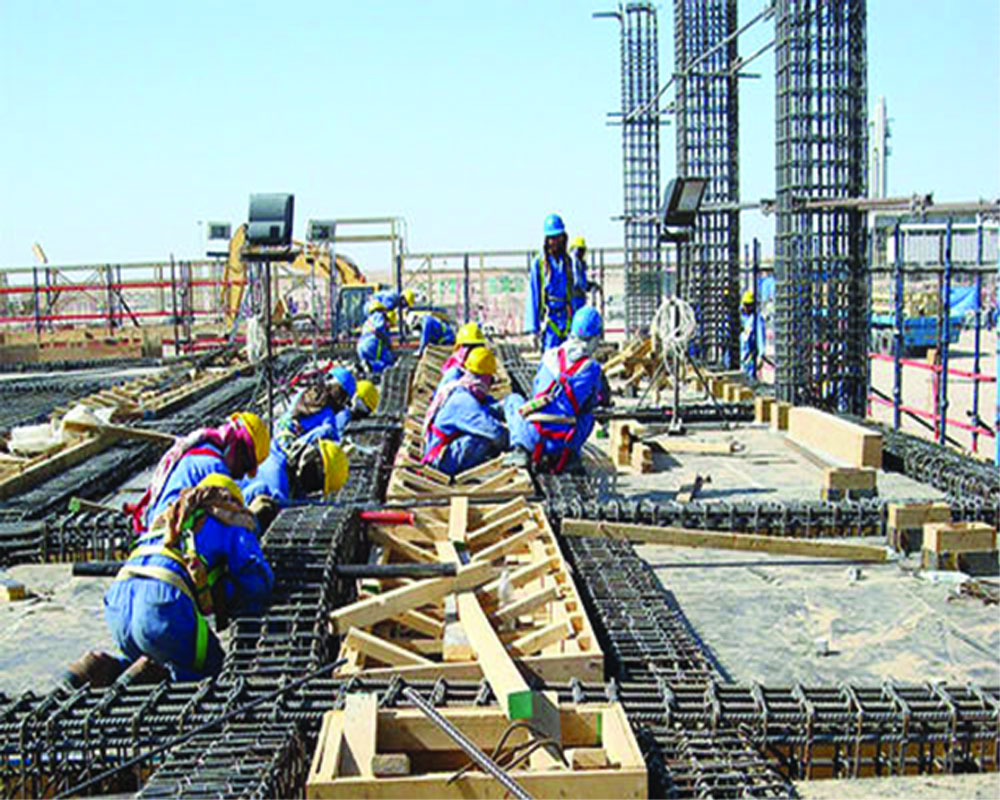
 OpinionExpress.In
OpinionExpress.In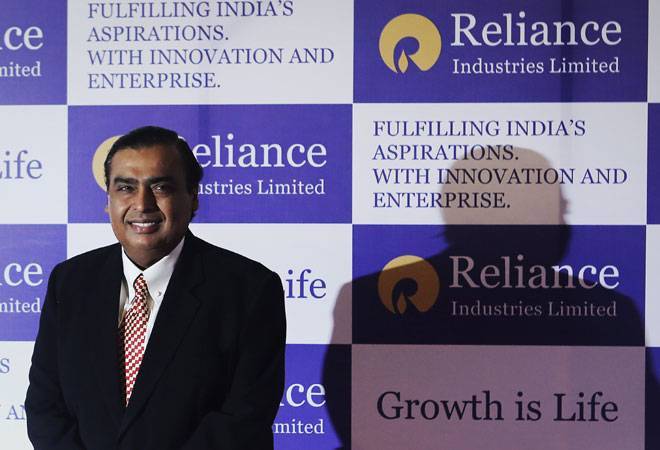
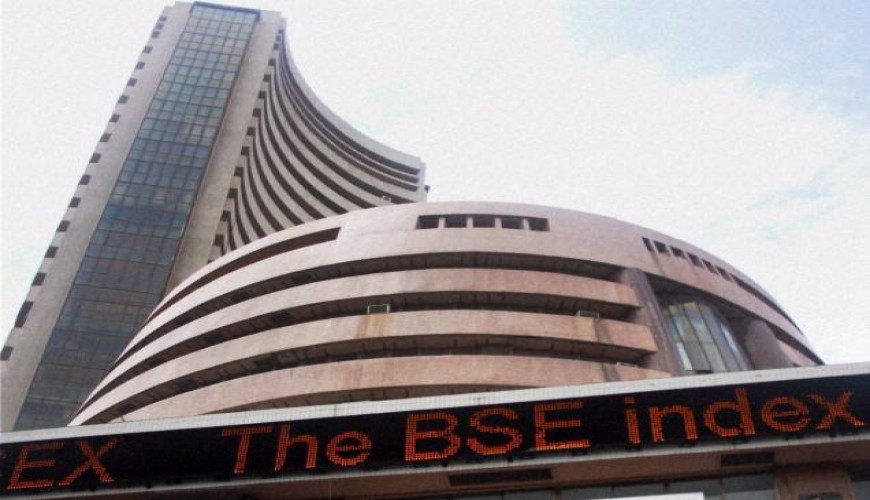
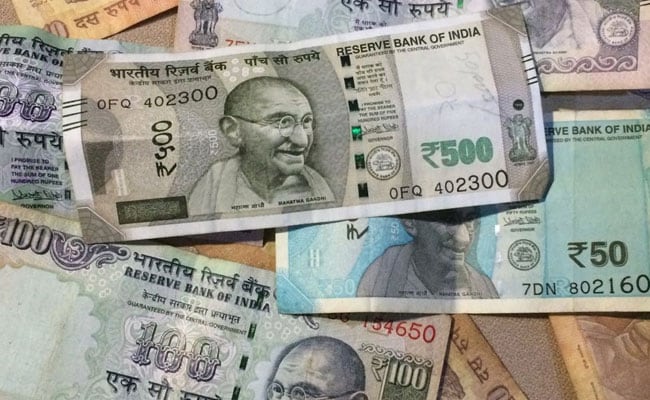
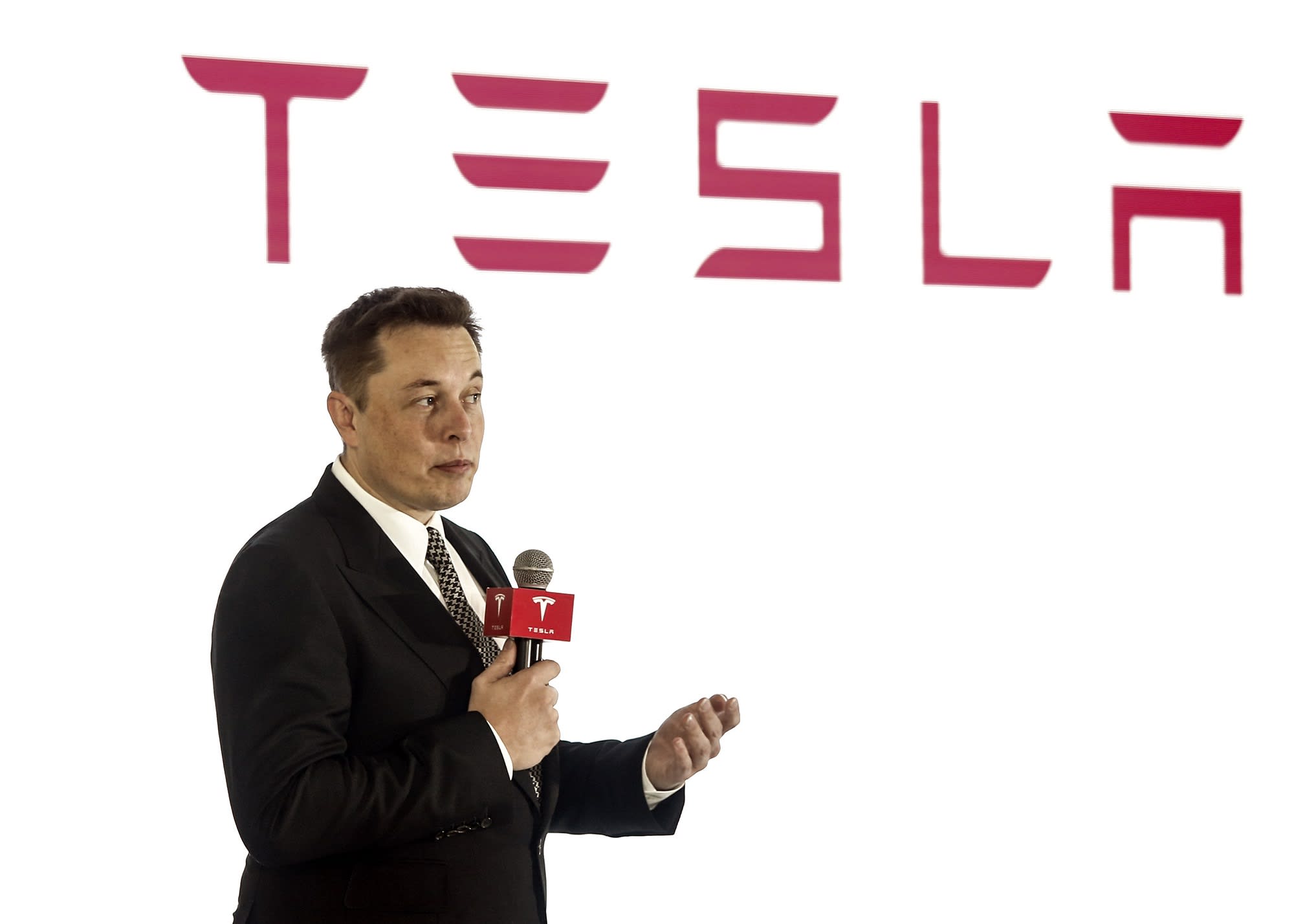
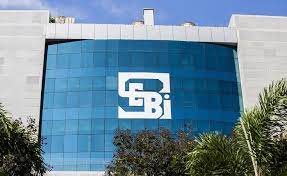

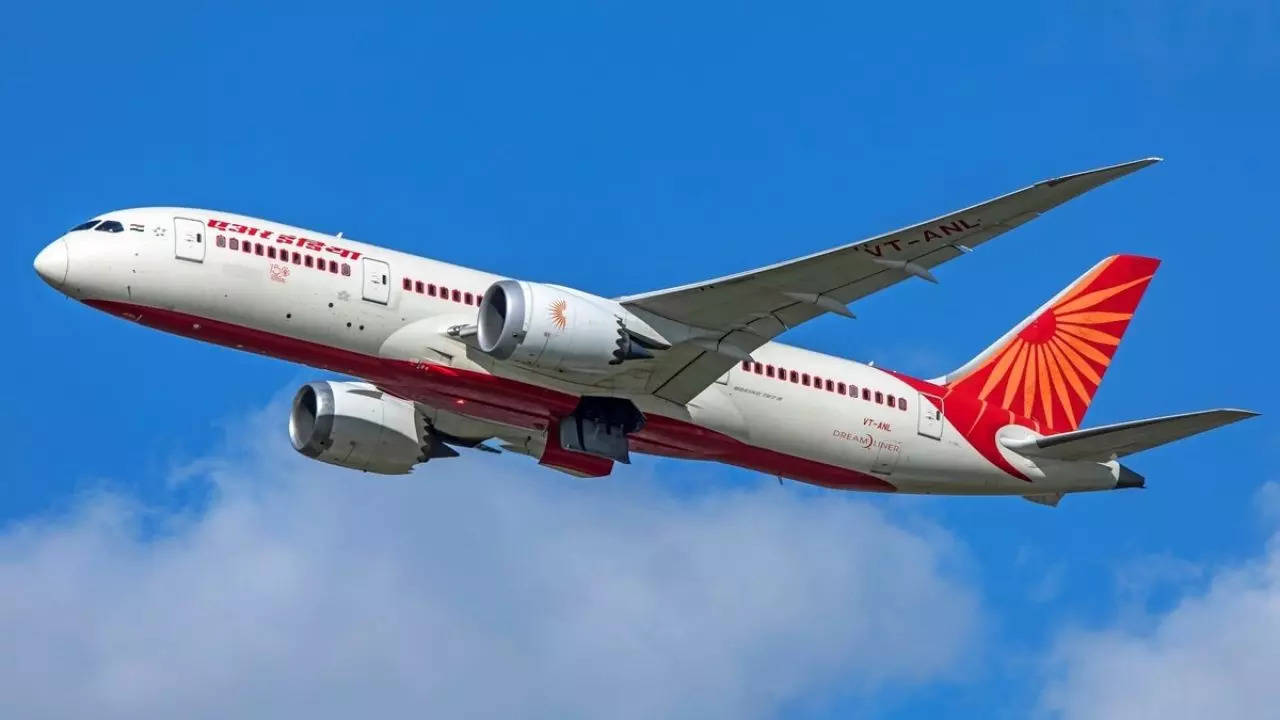
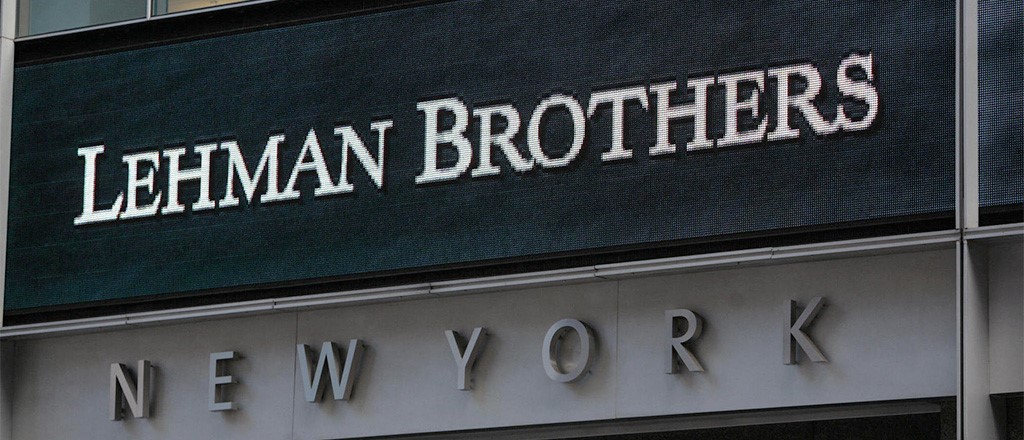
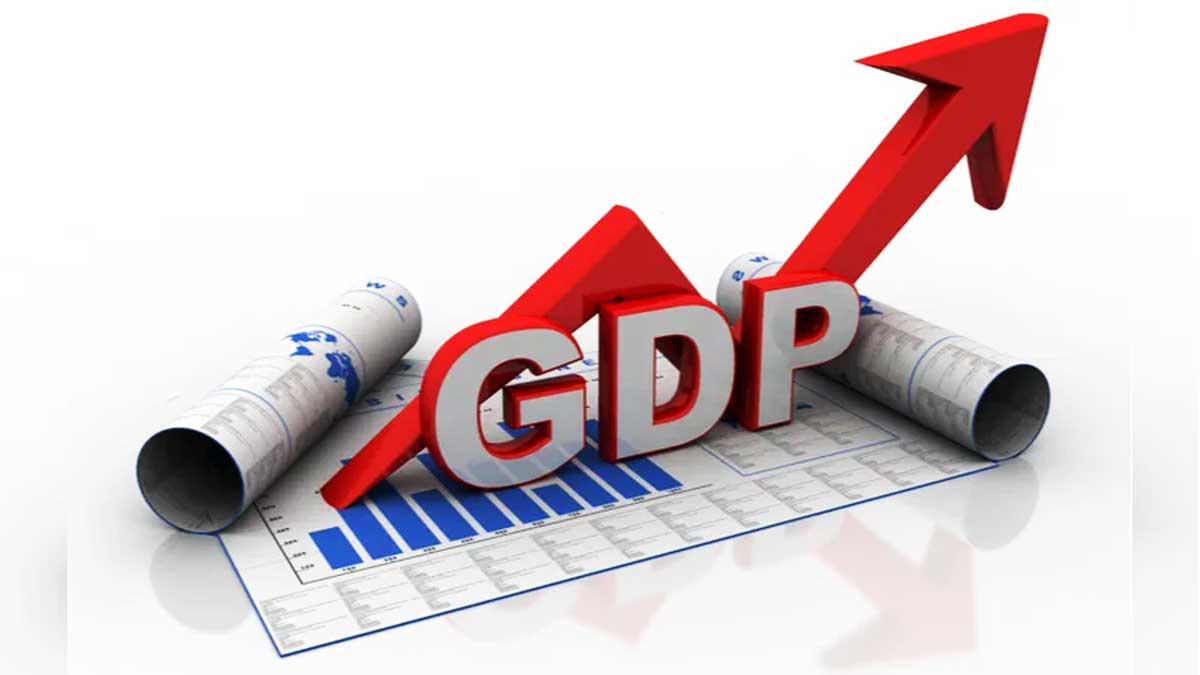
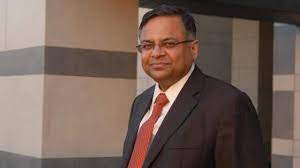






Comments (0)